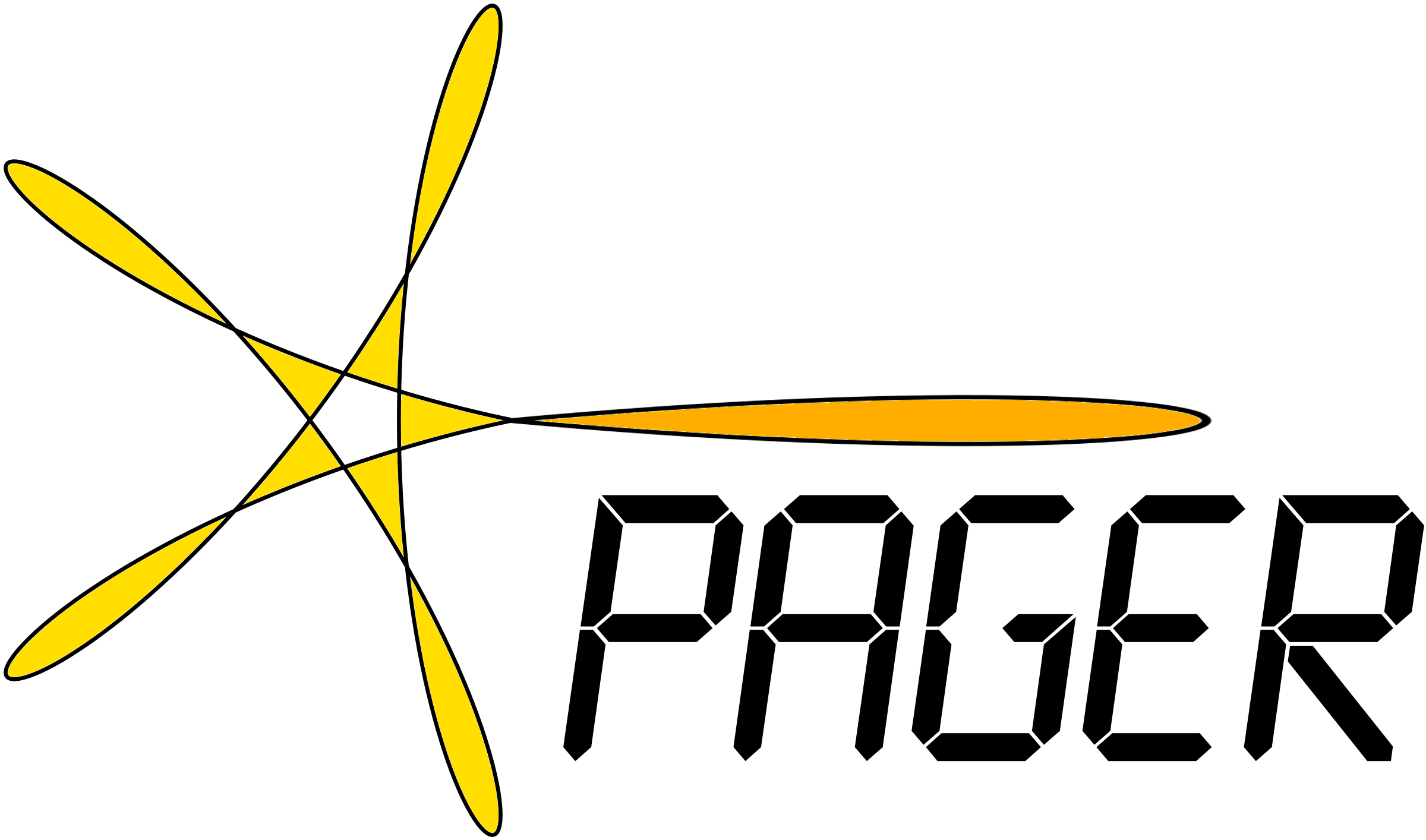Outreach of Horizon 2020 PAGER Project

Overview of the PAGER Project
In the following video, Prof. Y. Y. Shprits gives an overview of the PAGER project. He describes the motivations of the project and gives an overview of the products that are provided by each workpackage.
Prof. Y. Y Shprits is from GFZ Potsdam and is the Principal Investigators of the project.
Solar Wind and Coronal Mass Ejections
In the following video, Prof. Tony Arber speaks about the solar wind and the coronal mass ejections, and the importance to forecast them. Prof. Tony Arber is professor at the University of Warwick. He and Keith Bennett, Senior Research Fellow at the University of Warwick, provide solar wind forecast including the effects of coronal mass ejections.
Protecting our Satellites in Space
In this video, the company Artenum outlines some of the risks that are faced by satellites in space and how they forecast those.
What are the Radiation Belts?
Earth’s radiation belts consist of highly energetic protons and electrons trapped by Earth’s magnetic field in the region of 1.2~8 Re (Earth radii) away from Earth’s center. When those particles hit satellite equipment they can produces severe damage, in worst case loss of satellite control. If the particles drift along the field lines to the Earth's surface the can damage on e.g. power grids and in can produce e.g. local blackouts. Color coded dots show the modelled and forecasted electron flux in a continuously expanding and collapsing donut-shaped radiation belt. The 3D model is based on GFZ's geomagnetic activity index Kp and the measurements of particles on-board GOES and ARASE satellites orbiting the Earth. The dark gray lines are showing the Earth magnetic field lines in near-Earth environment along which particles are moving.The animation is produced by Ingo Michaelis, a researcher at GFZ who is responsible for the radiation belt forecast.
The Plasmasphere
The plasmasphere is a region around the Earth which is populated by low-energy particles. During quiet times it has a donut-like shape. During geomagnetic storms it shrinks because its particles are dragged towards the sun and plume structures appear. The particle density in the plasmasphere is important for the dynamics of high-energy electron and can be harmful for satellite for they cause surface charging. Stefano Bianco, who is postdoc at GFZ, is responsible for the realtime predictions of the plasma density in the plasmasphere. The video has been produced by Bernard Haas, who is PhD student at GFZ.
What is the Ring Current?
The ring current consists of electrons and ions, which are emitted by the sun and trapped in the Earth's magnetic field. The particles are drifting around Earth to form a circular current with a radial distance of a few Earth radii. The ring current creates a magnetic field that adds to the Earth's magnetic field. This has been measured on the ground for the first time by Alexander von Humboldt in 1806.
The electrons of the ring current form a hazardous environment for satellites, due to surface charging effects, where electrons are accumulating on the surface of a satellite and cause an electric discharge eventually, which can damage electronics, and solar panels.
During geomagnetic storms, the flux inside the ring current is greatly enhanced, due to the dense and fast solar wind. In the PAGER project, we use the forecasted Kp predictions as an input to our ring current model to estimate the electron flux inside the ring current using a physics-based model.
In the video, you can see the evolution of the electron ring current during a large geomagnetic storm. Black color represents low electron flux, while red color indicates regions of high electron flux, potentially harmful for satellites. Bernhard Haas, PhD student at GFZ, has made this video and is responsible for the ring current forecast.

